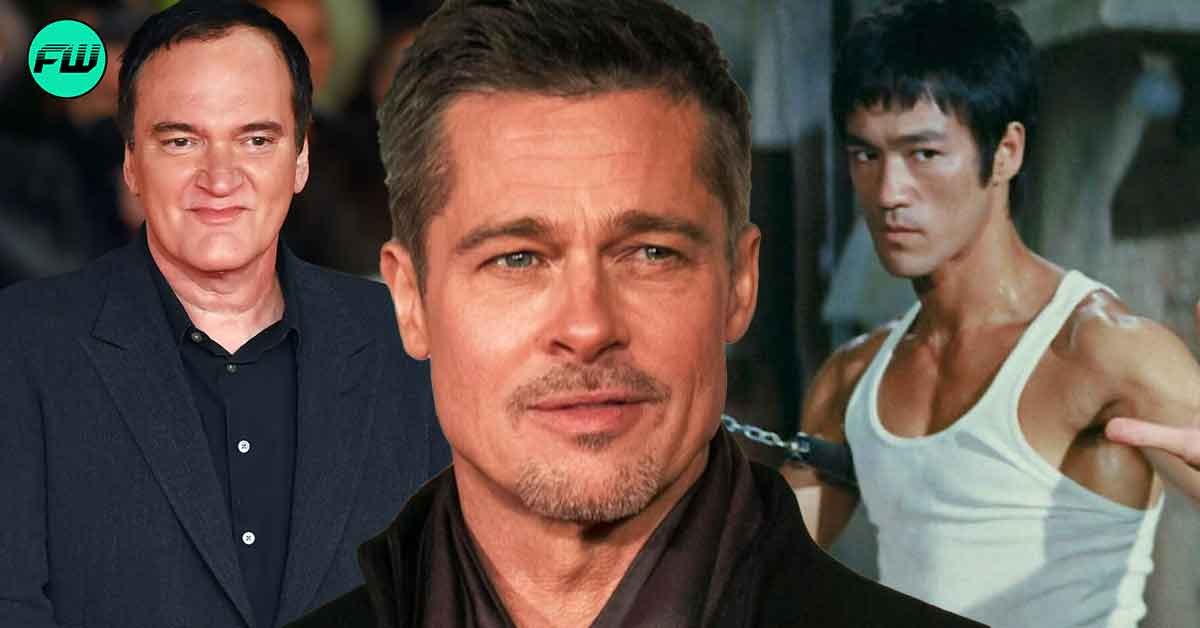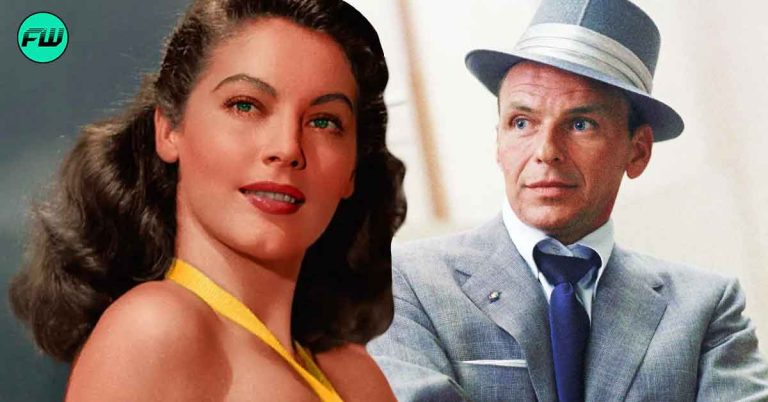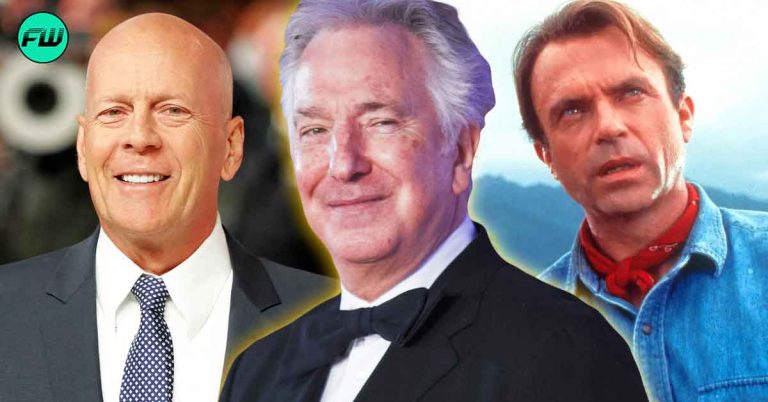Filmmaking is an art that has captured the whole world in its grasp thanks to the motion pictures that it produces, and thus, filmmakers are one of the most revered individuals in the film industry. Among them, a select few like Quentin Tarantino have made a name for themselves as the epitome of excellence when it comes to making a movie that captures the audience and gives them an experience of a lifetime.

With his distinct and enthralling style of direction, he has gained fame and fortune, as well as the respect of all the movie stars he has worked with over the years, who trust his sense of judgment while filming a project. But when the director wished a particular scene to be shot with a certain result, Brad Pitt stood his ground and rejected the idea completely.
Brad Pitt Wouldn’t Listen To Quentin Tarantino’s Idea Of Defeating Bruce Lee In His Film

Known for his excessive use of carefully crafted dialogue with a lot of impact behind them and his tasteful use of a lot of physical violence, Quentin Tarantino has become of the most recognizable names in the filmmaking sector of Hollywood. Having worked on so many different films that have different stories that are needed to be told, the director has to always bring something new to the table. But sometimes, some of those ideas may not be acceptable to everyone.
You may also like: “That’s a bridge I won’t cross, I am not paying to see real death”: Quentin Tarantino Would Never Do This Even After 30 Years in Hollywood
During the filming of his movie Once Upon A Time… In Hollywood, Tarantino was shooting a scene with Brad Pitt where his character was fighting Bruce Lee. Mike Moh was the actor who was depicting the legendary martial arts master, and the scene in its final product was controversial, yet still loved by many after the film’s release. But what many may not know is the fact that the Django Unchained director had this idea that Pitt’s character will defeat Lee in the fight at the end of the scene.
When Pitt heard about this, he was a little concerned about the whole deal, bringing in the fact that his character defeating an icon like Lee, who was known for his exceptional fighting prowess in the world, would be unfathomable and would just seem wrong. Therefore, trailing back on this decision, the director explored alternatives until they reached the scene that was depicted in the film.
You may also like: “He’s just one with food”: Why Does Brad Pitt Keeps Constantly Eating in His Movies – Intense Method Acting Explained
What Was Once Upon A Time… In Hollywood About?

In the classic Tarantino storytelling fashion, Once Upon A Time… In Hollywood took us on a journey through the life of Rick Dalton, a washed-out actor who lives with his stunt double Cliff Booth as they struggle to find their long-lost fame in the 1960s Hollywood industry. Their journey will take them through the city of Los Angeles as they witness all the bumps while traveling along the road to stardom again, and see their lives intertwined with many others.
You may also like: Michelle Yeoh Reveals Why Quentin Tarantino Didn’t Cast Her in His $330M Revenge Thriller: “Who would believe that she could kick your ass?”
Once Upon A Time… In Hollywood, streaming on Prime Video.
Source: Far Out Magazine










